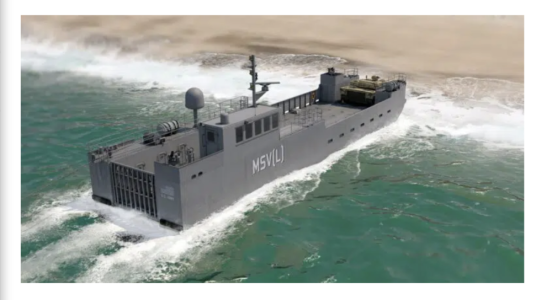EXCLUSIVE - Chinese Spy Threat To U.S. CONGRESS: Capitol Hill Warned to be on High Alert after suspected Beijing Espionage Plot was Uncovered in British Parliament
Congress has been warned to be on high alert for Chinese spies after a suspected
Beijing espionage plot was uncovered in British parliament.
Earlier this week, a parliamentary researcher with links to MPs with classified information was arrested for 'spying for
China.'
The suspect is thought to be linked to numerous Conservative
members of Parliament - including Security Minister Tom Tugendhat and Foreign Affairs Committee Chair Alicia Kearns.
According to reports, several of the members with links to the suspected spy are 'privy to classified or highly sensitive information', however none have been accused of wrongdoing.
The suspected breach sparked a
Metropolitan Police investigation and led to
MI5 warning more operatives could be working in the highest levels of British democracy. Now the United States has been warned it could be a target.

A Chinese national named Fang Fang or Christine Fang, targeted up-and-coming local politicians in the Bay Area and across the country who had the potential to make it big on the national stage, including Rep. Eric Swalwell
Rep. Mike Gallagher, who chairs the House Select Committee on the Communist Party, told DailyMail.com that educating members of
Congress about the threat of infiltration is critical - especially in light of the recent UK incident.
Congress has been warned to be on high alert for Chinese spies after a suspected Beijing espionage plot was uncovered in British parliament.

www.dailymail.co.uk









